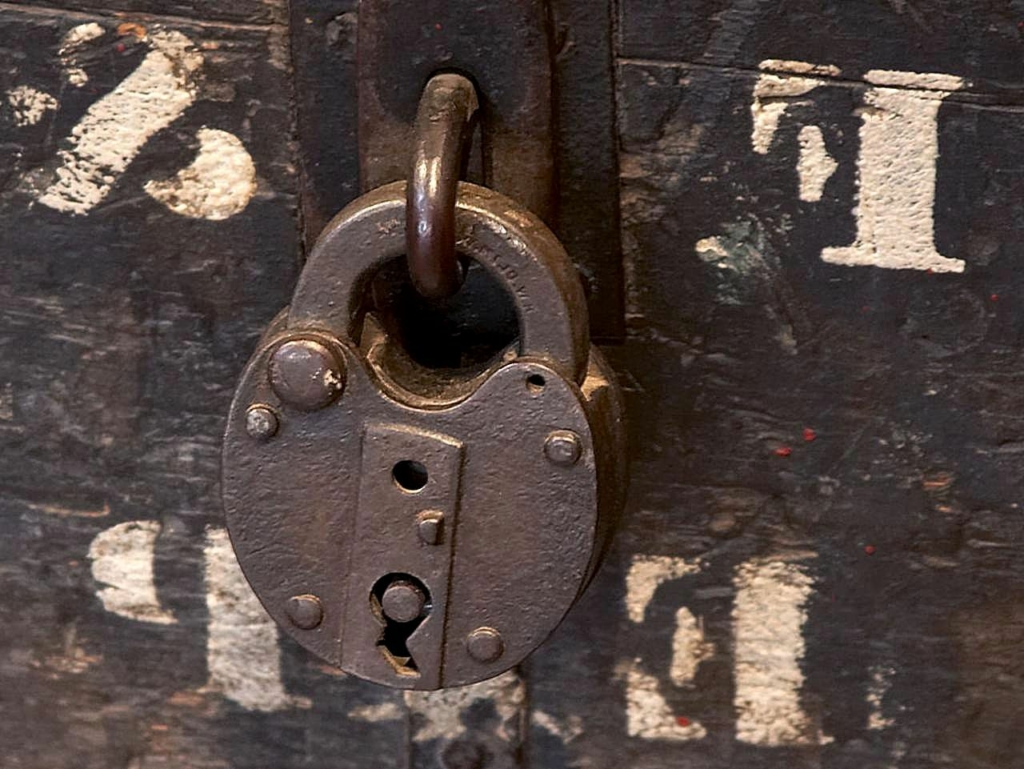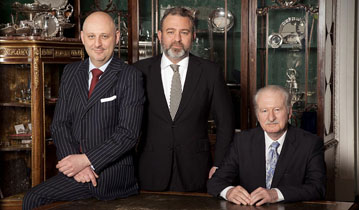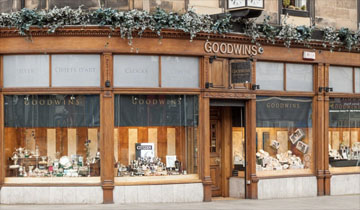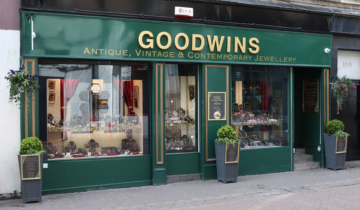This website uses cookies so that we can provide you with the best user experience possible. Cookie information is stored in your browser and performs functions such as recognising you when you return to our website and helping our team to understand which sections of the website you find most interesting and useful.
GOODWINS’ GUIDE: Insurance
Goodwins’ Guide to Insuring Jewellery
Jewellery represents an intrinsic and an emotional investment. Its intrinsic worth may be substantial. Check with your insurance provider first, to determine what your home and contents deal does and does not cover. You can ask your insurer to add single items to your policy, and this will affect the cost of your monthly premiums. If you have a large collection, this may not be a cost-effective way to keep it safe in case of loss, damage or theft.
When you review your policy, read the fine print in order to understand the terms and conditions thoroughly. Sometimes your item is only insured when you’re not wearing it, or vice versa. Be certain of what you are covered for, and when.
Ensure that you have a valuation certificate for each piece of jewellery, and that you update them every five years. (We have advised about this before, in our Guide to Travelling With Jewellery. We can organise a valuation on your behalf. Our valuation fee structure for jewellery is on a per item basis, regardless of the value of the item.)
Take pictures of every item you own. In the event of theft, you will be able to share those photographs with the police and your insurer. Store the valuation, photograph, and any documentation you received with the purchase of your jewellery in a safe place with your other important documents.
For large collections or high worth single pieces, we normally recommend using specialist insurer T.H. March, who are experts in this field. You can find out more about them via their website: http://www.thmarch.co.uk.
Many people don’t think insurance is worthwhile, and we respect that opinion. You can pay thousands of pounds a year, over several decades, and the danger is that you could wind up paying out more for insurance than the piece is worth.
Sometimes we tell clients not to insure the piece and instead, to put the amount quoted for premiums in the bank each month. Save it up over a ten year period. If nothing happens to the ring, you have that sum in the bank and can use it to invest in a wonderful new piece. Or, if the item has been lost, you will have the money on hand to replace it.
It goes without saying that if it’s a family piece, the value is tremendously sentimental — but no insurer can cover for sentimental value.
Another sensible option is to invest in a safe, or safe deposit box. You can keep your most valuable pieces there instead of paying thousands in premiums, which only ever rise.
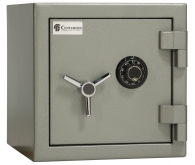
The decision of whether to insure or not is very personal. Ask yourself: how safe do I feel? Would I feel safer if my jewellery was insured or in a safe?
If you still have questions, stop into the shop and talk it over with us. We are here to offer you our expertise and support.




